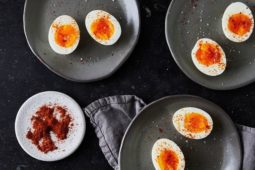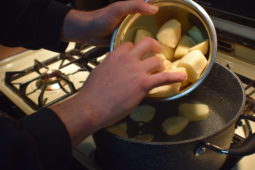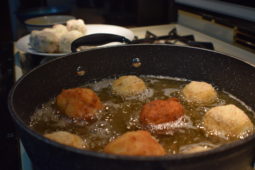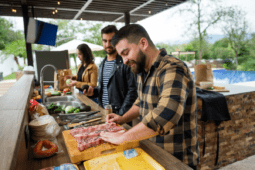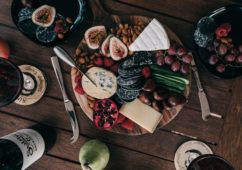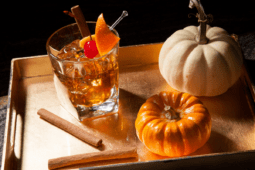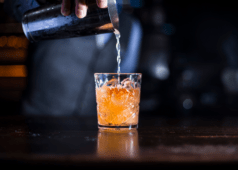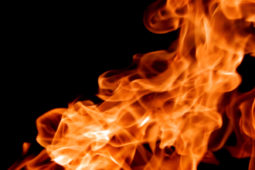If You’re Not Doing This Every Time You Grill, You’re Missing Out on Serious Flavor
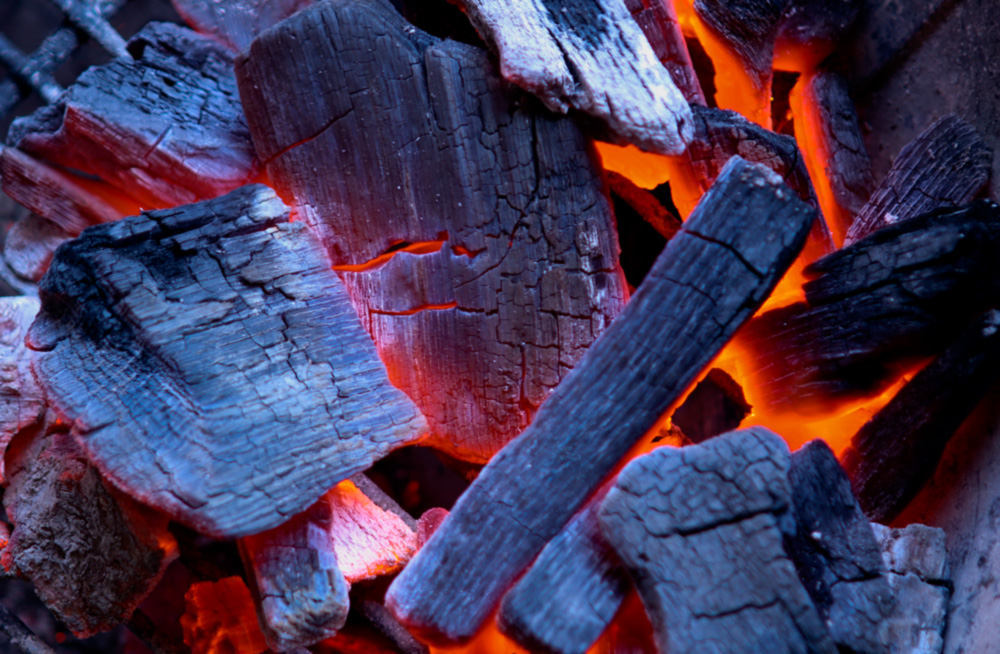
During summer, it's my goal to bust out the charcoal and chimney starter as much as possible. Call it a masculine stereotype if you must, but I never miss an opportunity to take advantage of extended daylight to cook dinner outside. It avoids heating up the house with the oven, and, of course, makes everything taste amazing.
And, if you want you grilled food to taste even better, here's my tip. It takes all of five seconds to set up, and takes your meal up to the next level:
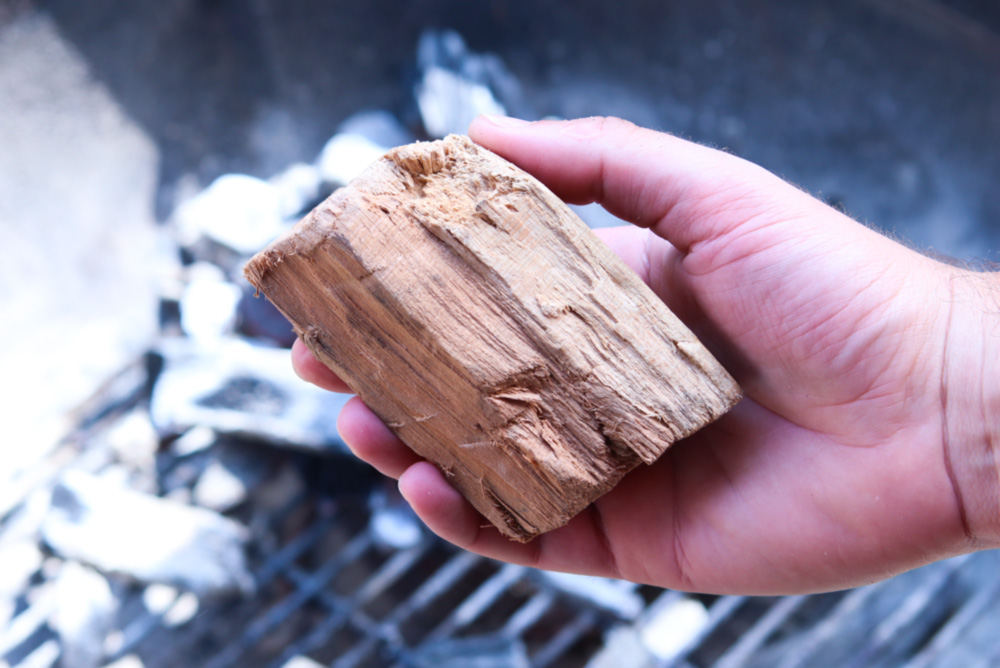
Add a chunk of hardwood. Like, every time you grill.
Sure, we all know about using wood to slow smoke barbecue, or employing a cedar or alder plank for fish, but nestling wood next to your fire does wonders for even the most basic weeknight grilling session. I started doing this for special cuts like a ribeye or salmon, and now it's become part of the routine. I basically add a wood element every time I fire up the grill, and my food tastes better for it.
It especially does wonders for vegetables, which are at their peak during this time of year and lovingly take on wood-fired flavor. Proteins are a no brainer, and even hot dogs and hamburgers are improved from a kiss of wood smoke.
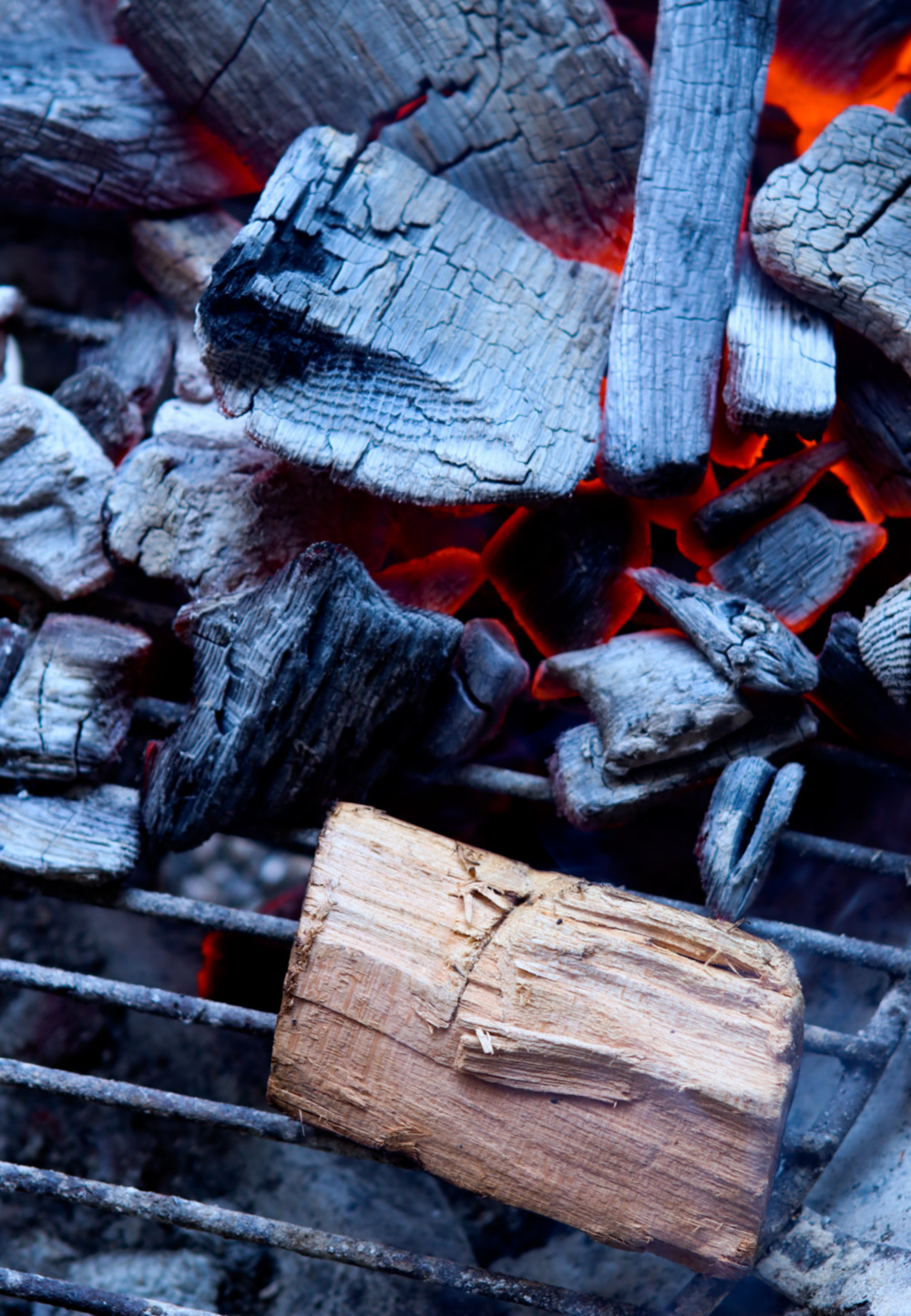
Of course, you don't just throw a log on top of the fire. That will ignite immediately, producing flames (which look cool, but don't taste good) and blacken your food. Instead, just set the wood chunk about an inch away from the coals. The heat will start to toast one side, and you'll produce a thin wisp of blue smoke. If you get big white clouds or see flames, it's too hot, and the harsh smoke will make your food taste acrid. Simply move it away from the coals and let it smolder.
You can do this with a gas grill too, although it takes a little more prep: simply soak some wood chips in water and then place them in a foil packet and place it on top of one of the burners.
As far as species, I find cherry to be the most versatile. It works well for everything, and since I'm often cooking multiple components of a meal on the same fire, it complements each ingredient. Save your mesquite and oak for brisket.
This is the wood I use, and I recommend it.

Of course, you're producing tasty airborne particles, so it's best to capture them with a lid if you can. After the wood is in, place the food of the opposite side of the coals in a two-zone fire, and place the lid with the open vent over the food. This draws the smoke through the grill and over the food. I find it's usually helpful to go for a “reverse sear” — where you place the food on the cooler side to bring it almost to temp and draw out the water, then put it over the hot fire to brown and caramelize.
You won't use a whole wood chunk on a single meal. Just use your tongs to separate it out from the fire when you're done, and let it cool with the rest of the grill. A large chunk will last for five or six grilling nights.
Oh, and it makes you smell like summer, too. Enjoy.

